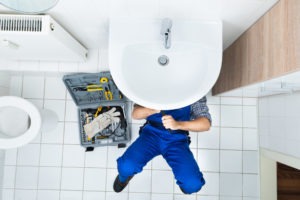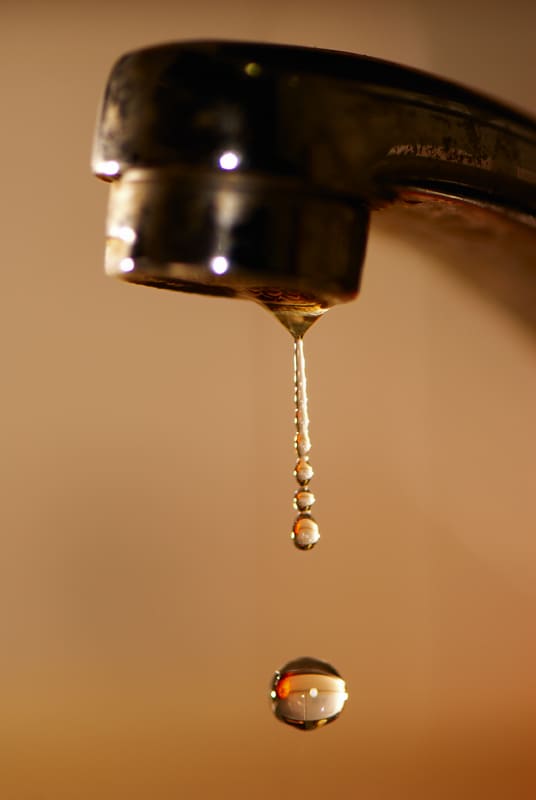We've found this article about How to Handle Plumbing Issues in Rental Properties listed below on the web and reckoned it made good sense to relate it with you here.

Managing pipes concerns in rental homes successfully is essential for preserving tenant contentment and preserving the residential property's value. Whether you're a property manager or a residential or commercial property supervisor, recognizing how to attend to these usual troubles can save you time and money while making sure conformity with legal obligations. Right here's a step-by-step guide on just how to handle pipes issues in rental homes.
Paper Every little thing
Maintain detailed records of all reported plumbing issues and the actions taken to fix them. Paperwork must consist of days, summaries of the trouble, interaction with renters, and invoices from service providers or plumbing technicians. This info can be vital for insurance policy cases, tax obligation reductions, and lawful defense.
Use Qualified Professionals
Always use licensed and insured professionals for significant pipes fixings and installments. This makes certain that the job depends on code and can assist prevent responsibility concerns in case of mishaps or additional damage. It also reassures tenants that fixings are being taken care of properly.
Develop Clear Communication
Encourage tenants to report any kind of pipes problems as soon as they occur. Give several communication channels such as phone, email, or a tenant site to make it very easy for them to connect. Trigger reactions to these records can protect against minor issues from escalating right into significant problems.
Enlighten Occupants
Inform your tenants concerning what makes up a plumbing emergency situation and what does not. Offer guidelines on just how to deal with minor concerns themselves, such as utilizing a plunger to unblock a bathroom. Additionally, notify them about what they need to prevent putting down drains pipes to prevent obstructions, such as grease, coffee premises, and non-biodegradable products.
Normal Maintenance
Implement a regular maintenance routine for all plumbing systems in your leasing homes. Regular checks can assist identify and solve issues like leakages, slow drains pipes, or corroded pipes prior to they become significant. Consider working with a professional plumbing professional to examine the buildings yearly or semi-annually.
Quick Feedback to Emergencies
Have a strategy in position for reacting to plumbing emergencies. This should include having the call information of trustworthy plumbing solutions that supply 24/7 emergency repair services. Quick activity is essential to lessen damages in situations like burst pipes or extreme leakages.
Preventive Upgrades
Consider upgrading older pipes systems and fixtures to extra modern, efficient designs. This can minimize the regularity and severity of plumbing problems and reduced lasting upkeep costs. It's also a selling factor for possible lessees that value upgrades and modern features.
Renter Move-Out Inspections
Conduct complete pipes checks throughout move-out evaluations to guarantee that any type of problems are recognized and resolved prior to a brand-new lessee relocate. This prevents disputes with new tenants over pre-existing conditions and ensures the home is in top condition.
Understand Legal Responsibilities
Know your legal responsibilities regarding plumbing and general residential or commercial property maintenance. Many jurisdictions require landlords to guarantee their properties are habitable which all pipes systems remain in good working order. Failure to deal with serious issues without delay can bring about lawsuits from renters.
Renter Reimbursements
If a pipes concern needs instant interest and the tenant resolves the concern by themselves, have a clear policy in position for compensating expenses. Guarantee tenants recognize they must obtain previous authorization for higher-cost repair work unless it's an outright emergency situation.
Conclusion
Handling pipes issues in rental properties calls for a positive method and excellent interaction with tenants. By remaining on top of maintenance, reacting immediately to emergencies, and making use of competent specialists, property managers can keep their buildings in outstanding problem and preserve excellent connections with tenants.
How to Handle Water Damage in a Rental Property
What is Water Damage?
Water damage is harm or destruction caused by water entering areas where it is not supposed to be. It can be caused by a variety of sources and can manifest in different ways. The most common examples of water damage include:
- Leaking roof
- Plumbing leaks
- Appliance malfunctions
- Poor drainage
- Flooding
- Sewage backup
- Condensation
- Tenant negligence
- HVAC system issues
- Frozen pipes
Is water damage dangerous?
Water damage itself is not inherently dangerous, but it can lead to various hazards and health risks if not promptly and properly addressed. The severity of these risks depends on the extent of the water damage, the source of the water, and how quickly it is mitigated.
Some potential dangers associated with water damage include structural damage, mold and bacterial growth, electrical hazards, water contamination, and pest infestations. In situations where mold and mildew have gone unaddressed, mold can start to develop within 24-48 hours of water exposure, and this can impose a serious health risk to tenants. In particular, mold spores and damp conditions can lead to respiratory issues and even make existing health problems worse, such as allergies, asthma, or immune disorders.
Water Damage in an Apartment - Who is Responsible?
- If the water damage is caused by the tenant’s negligence, the tenant is responsible for the cost of repairs.
- If the water damage is caused by a defect in the property, the landlord is responsible for the cost of repairs.
- If the water damage is a result of natural causes, such as excessive rain, then the landlord is responsible, since the water intrusion likely occurred due to a defect in the property.
Landlord Responsibility water damage in rental property
Since maintaining habitability is the landlord’s legal responsibility, landlords are responsible for any resulting structural damage caused by water damage. These structural damages may include damage to walls, roofs, ceilings, and flooring. If water damage has affected the rental property’s original structure, the landlord is responsible for repairing or replacing those materials. Therefore, landlords should have property insurance that covers the structural components of their rental property so that they can receive help with the costs of covered events.
Preventative measures can also help landlords avoid massive renovations. Preventative maintenance may include conducting regular inspections to identify and address potential water damage before it becomes a major and urgent problem.
If a landlord fails to meet their responsibilities regarding water damage, it can lead to legal disputes and potential liability. Tenants who believe their landlord is not addressing water damage issues in accordance with California law can seek legal advice or contact local housing authorities for assistance.
https://www.goodlifemgmt.com/blog/water-damage-in-a-rental-property/

As a devoted person who reads about How to Handle Plumbing Issues in Rental Properties, I assumed sharing that piece was worthwhile. Are you aware of somebody else who is interested in the niche? Feel free to promote it. Thank you so much for taking the time to read it.
Comments on “Plumbing Care in Rental Properties: Tips and Techniques”